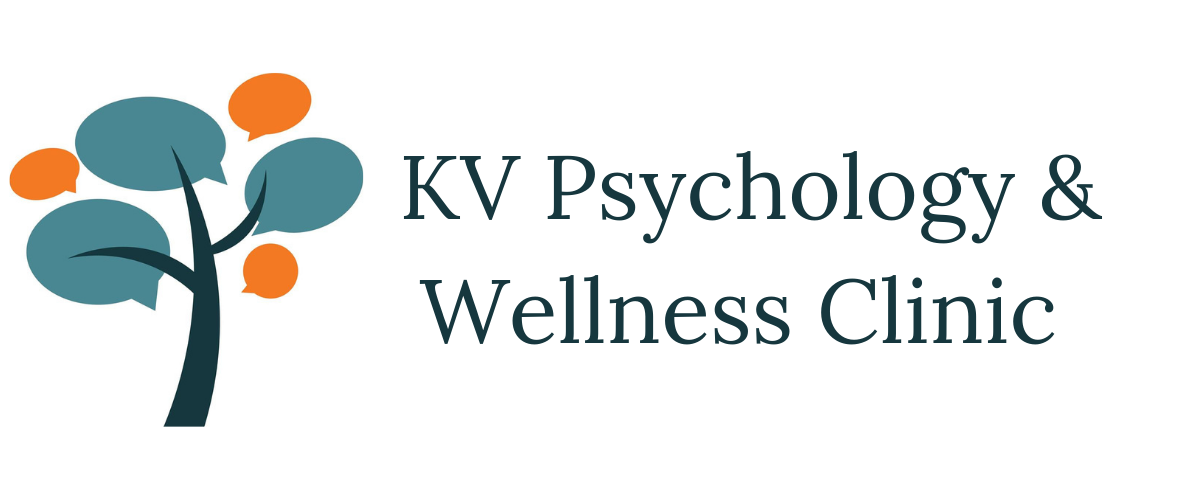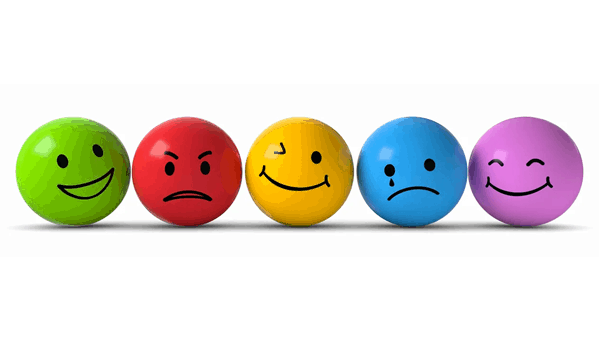So let’s talk about emotions this week. Emotions get a bad rap for being useless, illogical, overwhelming, unwanted, and making us feel weak or out of control. Emotions are, in fact, very misunderstood; even the word is used interchangeably with feelings or mood, but these three things are not interchangeable and are quite different. Let’s look closer at what emotions, feelings, and moods actually are.
The American Psychological Association (APA) defines emotion as:
n. a complex reaction pattern, involving experiential, behavioral, and physiological elements, by which an individual attempts to deal with a personally significant matter or event. The specific quality of the emotion (e.g., fear, shame) is determined by the specific significance of the event. For example, if the significance involves threat, fear is likely to be generated; if the significance involves disapproval from another, shame is likely to be generated. Emotion typically involves feeling but differs from feeling in having an overt or implicit engagement with the world. —emotional adj.
https://dictionary.apa.org/emotion
Feelings are what come into our conscious awareness from an emotional experience; they fall into the same category as hunger or pain. Feelings are a result of an emotion and are influenced by memories, beliefs, and many other things.
Moods are “a short-lived emotional state, usually of low intensity” (APA, 2023). Moods differ from emotions and feelings as they don’t need a trigger and lack a clear starting point. For instance, if you are insulted (an emotional experience), you will likely respond with anger (a feeling) which may persists for a time. An angry mood, however, can just happen without a trigger: I wake up in an angry mood for no apparent reason.
Now that we understand a bit about these definitions and differences, let’s look more at the components of emotions. Emotions consist of three parts: the subjective experience, the physiological response, and the behavioural response.
Subjective Experiences:
All emotions start with a subjective experience – a stimulus, big or small, that prompts a response; for instance, a specific colour, a smell, or an event like the loss of a loved one or the birth of a child. This stimulus provokes a response in a person and this response is different from one person to the next. For instance, the smell of baking cookies might provoke a warm, loving, nostalgic feeling in one person (who remembers their caregiver baking cookies for them when they were a kid) and could provoke a tired, frustrated feeling in another (who remembers their years working in a factory manufacturing cookies). The death of a loved one can provoke intense sadness in one person and feelings of anger, loss, and confusion in another.
Physiological Response:
You know when you are waiting for a job interview or to give a presentation and your stomach gets fluttery or nauseous, your palms start to sweat, and your legs start to tremble? That’s your body responding to your emotions. This is our autonomic nervous system responding to the subjective experience we are having. It is an involuntary, automatic response that we have very little conscious control over and many researchers attribute our evolution and survival as a species to this system’s responses.
Behavioural Response:
The behavioural response is what we do to express our emotion. It can be a smile, a hug, a frown, a sigh, withdrawing from the situation, or exploding at the situation. The response depends on societal norms, culture, upbringing, personality, and many other factors. Behvioural responses are an important part of our communicating and building connections with others. They are also important to our individual wellbeing. Research has shown that suppressing our behavioural responses can increase our heart rate and blood pressure, among other things. This implies that allowing our natural behavioural responses to stimulus is better for our individual health and wellness.
All of this helps us realize that emotions are a whole lot more than feelings. Emotions can impact our physical health, mental health, as well as our relationships with the world around us, the people in it, and ourselves. In order to find fulfillment, meaning, and purpose in life we need emotions and knowledge about them. They’re kinda a big deal!
This week we want to share these resources with you:
- Atlas of Emotions: This is an interactive tool that helps you gain more understanding and insight into your emotions, how they work, the various intensities of them, and how you might respond. It’s a great resource and a fun page to navigate.
- Feelings Wheel: This was developed by Dr. Gloria Willcox to help us put words to our emotions to better care for our wellness. Most people know the basic emotion words (happy, sad, disgust, anger, fear, and surprise) but can’t name the more nuanced emotions. If we can’t even name them, how can we begin to understand them? This tool will help!
- Atlas of the Heart: This is both a book and a docu-series, which is great for those of us who have difficulty engaging with books. The book goes much more in depth, exploring 87 human emotions, while the series looks at 30. The series is available on HBO Max which can be access through Crave streaming service in Canada.


